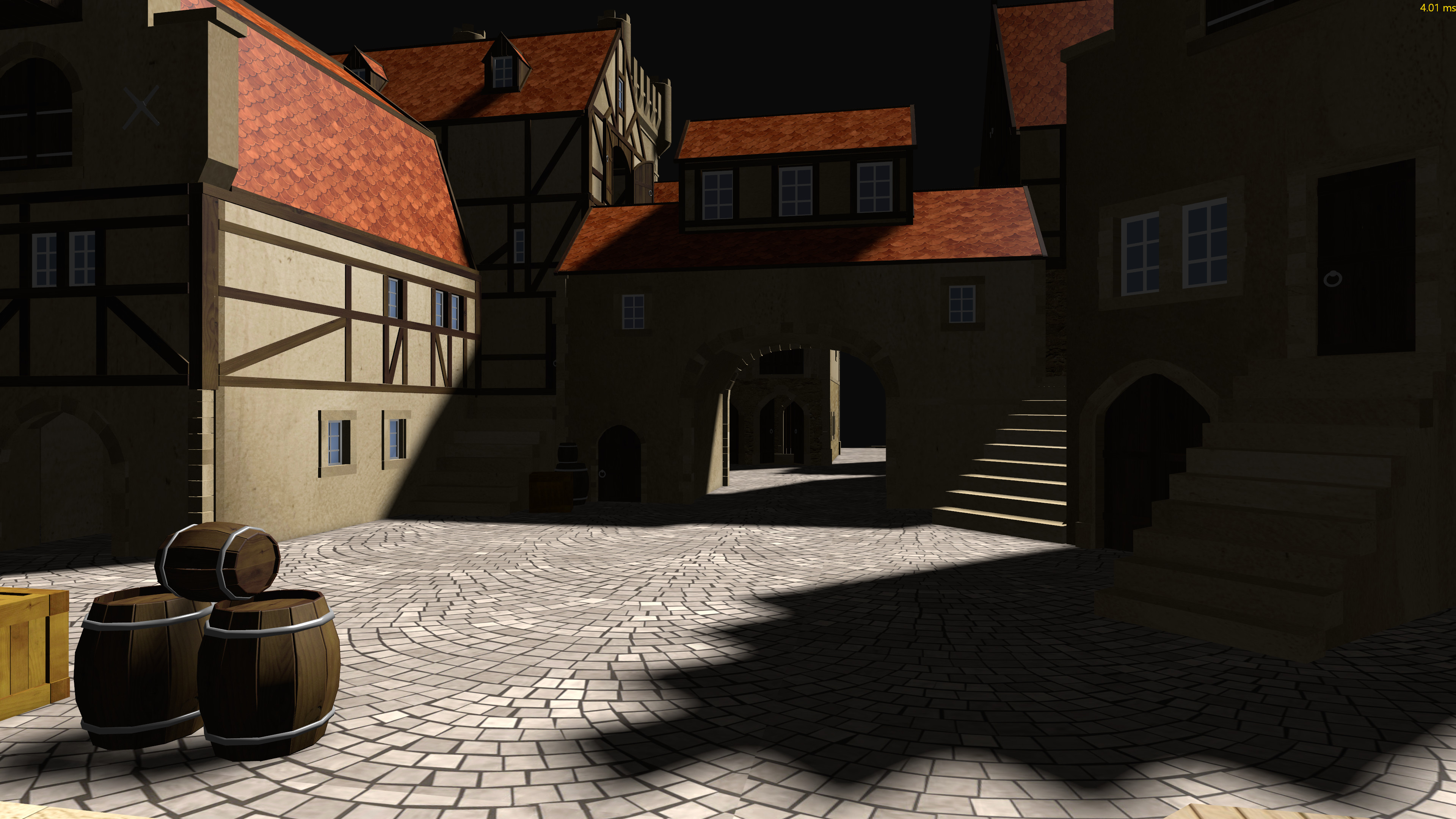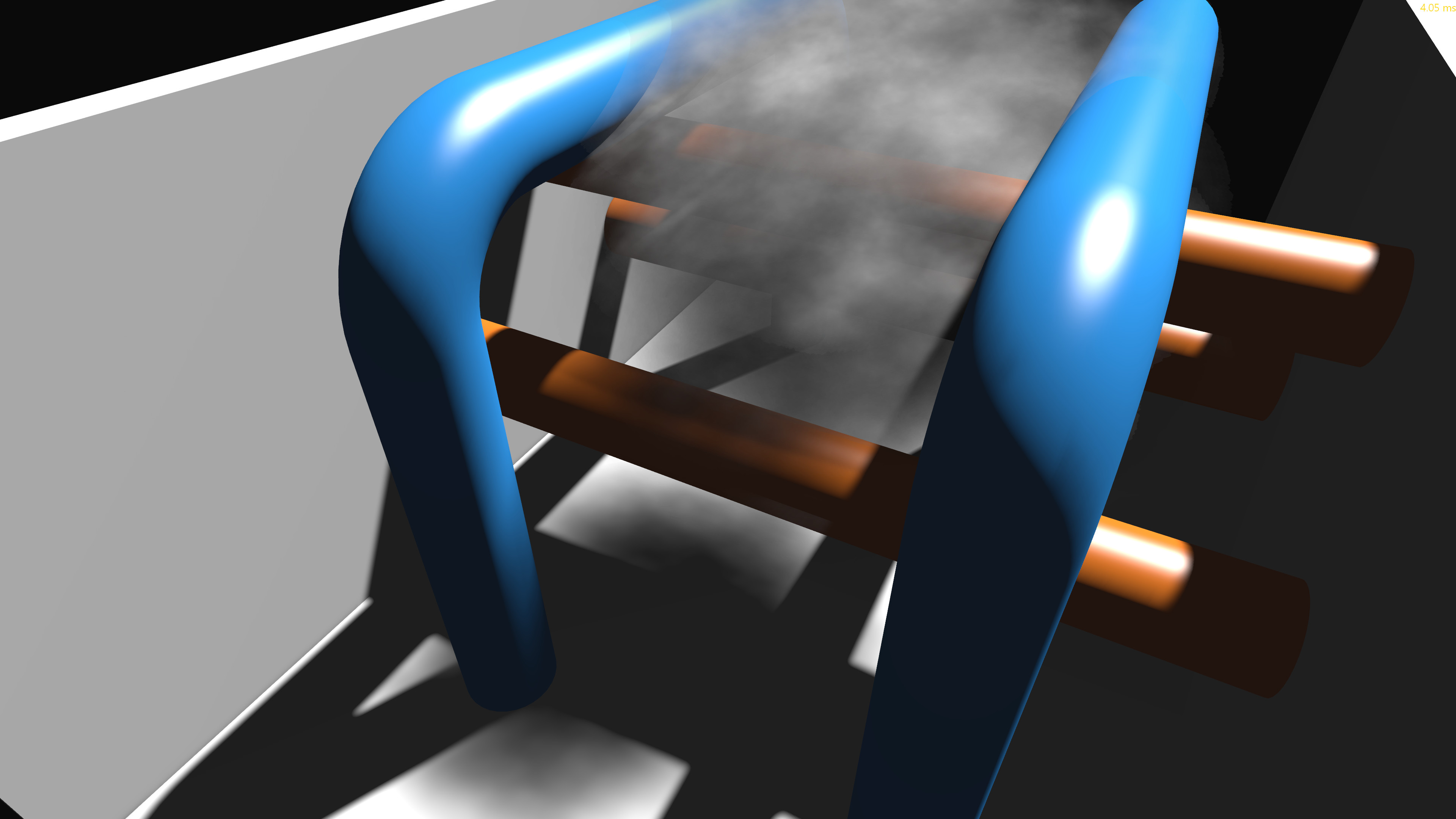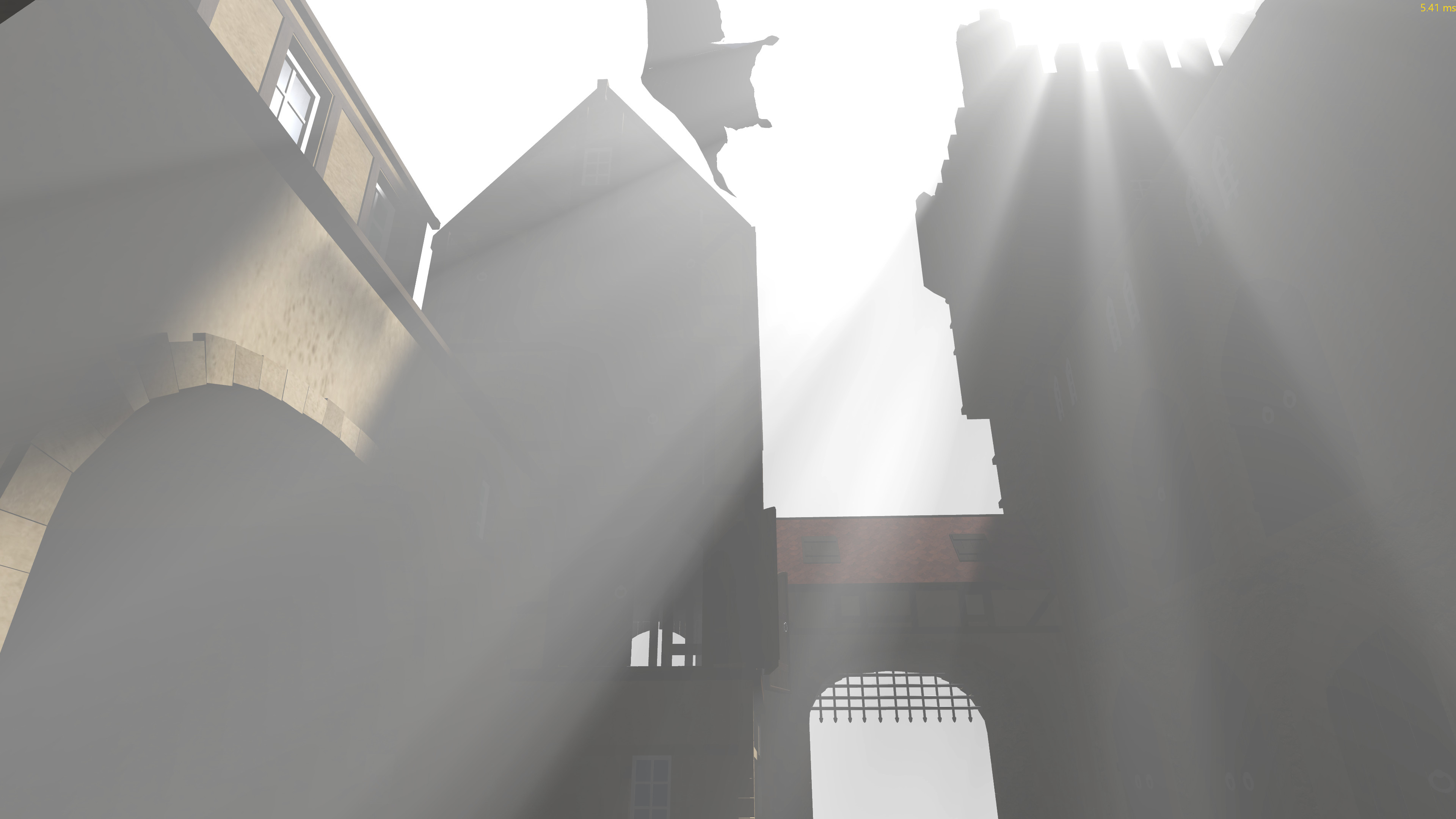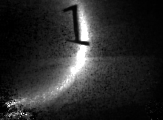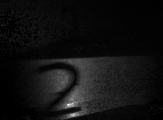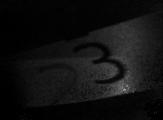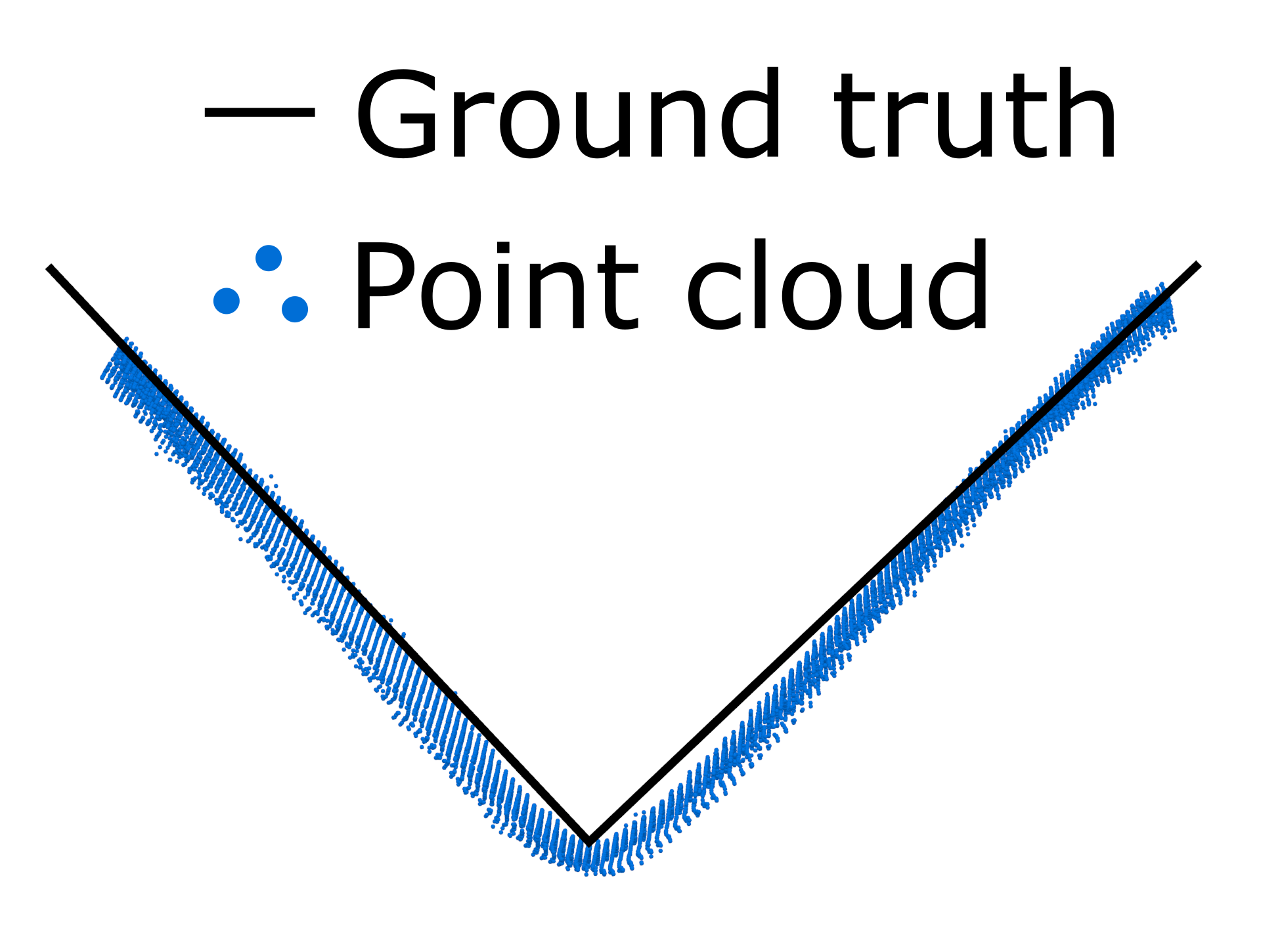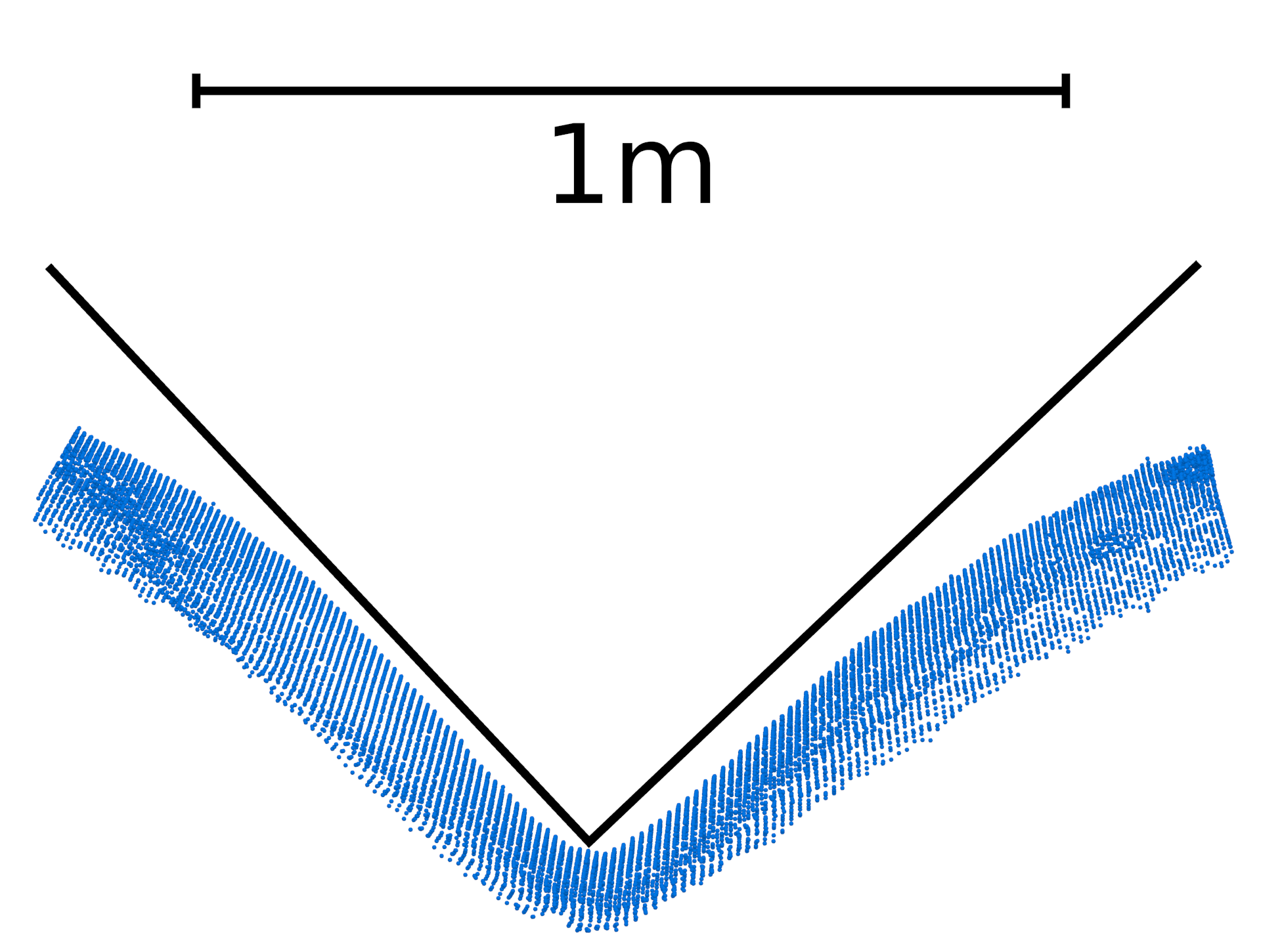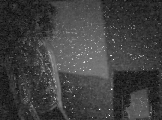Moment-Based Methods for Real-Time Shadows and Fast Transient Imaging
Christoph Peters.
2017–12, Dissertation. University of Bonn.
Official version
Abstract
We apply the theory of moments to develop computationally efficient methods for real-time rendering of shadows and reconstruction of transient images from few measurements. Given moments of an unknown probability distribution, i.e. the expectations of known, real random variables, the theory of moments strives to characterize all distributions that could have led to these moments. Earlier works in computer graphics only use the most basic results of this powerful theory.
When filtering shadows based on shadow maps, the distribution of depth values within the filter region has to be estimated. Variance shadow mapping does this using two power moments. While this linear representation admits direct filtering, it leads to a very coarse reconstruction. We generalize this approach to use an arbitrary set of general moments and benchmark thousands of possible choices. Based on the results, we propose the use of moment shadow mapping which produces high-quality antialiased shadows efficiently by storing four power moments in 64 bits per shadow map texel.
Techniques for shadow map filtering have been applied to a variety of problems. We combine these existing approaches with moment shadow mapping to render shadows of translucent occluders using alpha blending, soft shadows using summed-area tables and prefiltered single scattering using six power moments. All these techniques have a high overhead per texel of the moment shadow map but a low overhead per shaded pixel. Thus, they scale well to the increasingly high resolutions of modern displays.
Transient images help to analyze light transport in scenes. Besides two spatial dimensions, they are resolved in time of flight. Earlier cost-efficient approaches reconstruct them from measurements of amplitude modulated continuous wave lidar systems but they typically take more than a minute of capture time. We pose this reconstruction problem as trigonometric moment problem. The maximum entropy spectral estimate and the Pisarenko estimate are known closed-form solutions to such problems which yield continuous and sparse reconstructions, respectively. By applying them, we reconstruct complex impulse responses with \(m\) distinct returns from measurements at as few as \(m\) non-zero frequencies. For \(m=3\) our experiments with measured data confirm this. Thus, our techniques are computationally efficient and simultaneously reduce capture times drastically. We successfully capture 18.6 transient images per second which leads to transient video. As an important byproduct, this fast and accurate reconstruction of impulse responses enables removal of multipath interference in range images.
Keywords: shadow mapping, filtered hard shadows, variance shadow mapping, moment shadow mapping, moment problem, general moments, real-time rendering, single scattering, soft shadows, translucent occluders, filterable shadow maps, participating media, AMCW lidar systems, photonic mixer devices, transient imaging, range imaging, closed-form solution, trigonometric moment problem, maximum entropy spectral estimate
Notes
The University of Bonn designated this dissertation as best computer science dissertation in 2017 to compete for the PhD thesis award of the Gesellschaft für Informatik e.V..
Images
